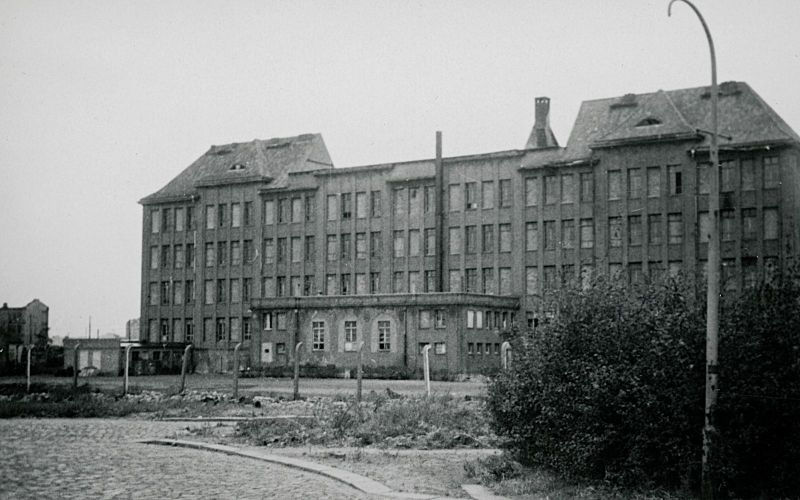The children of Bullenhuser Damm
Mediathek Sorted
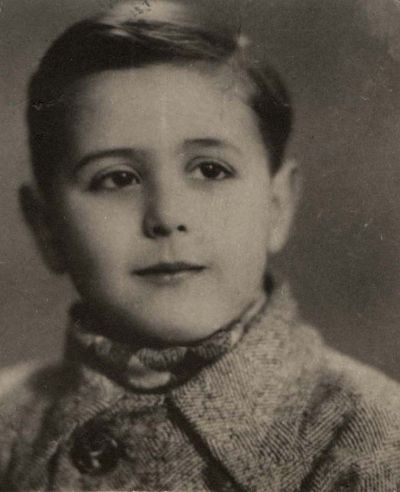
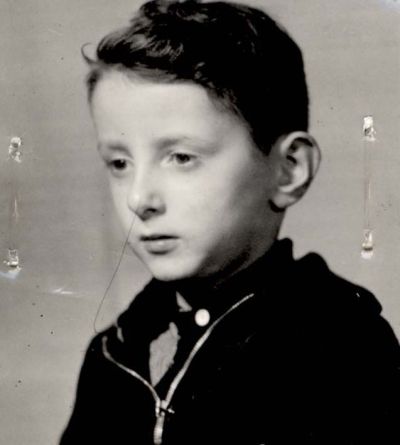
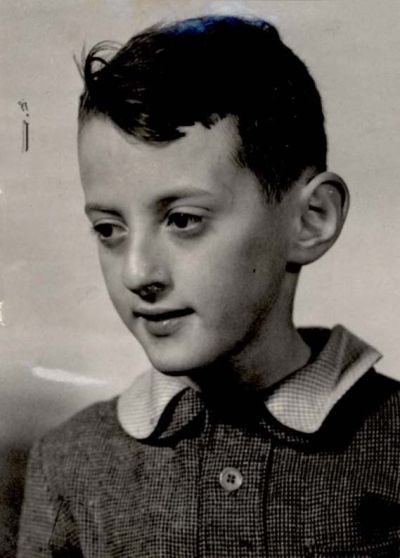
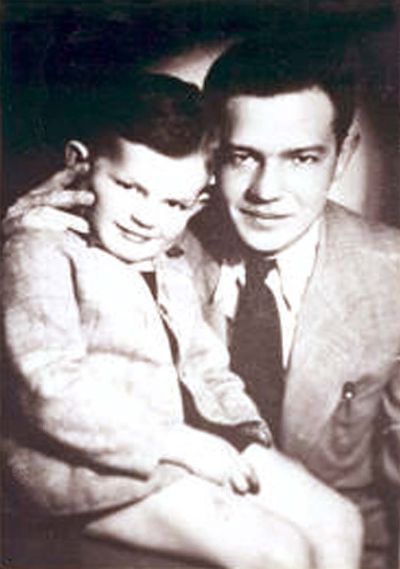
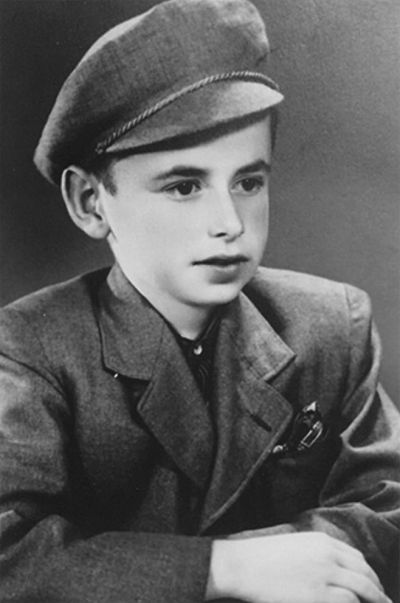
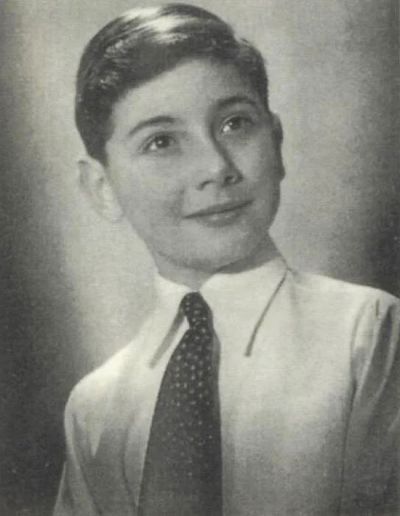
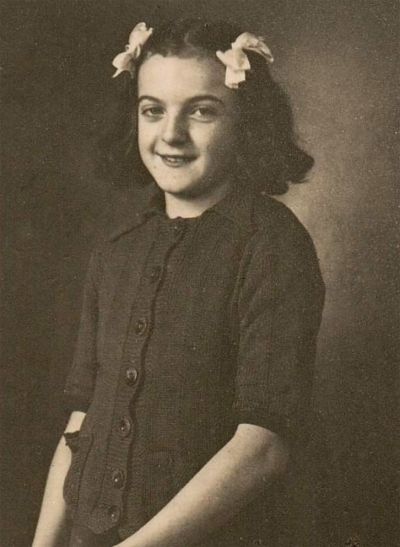
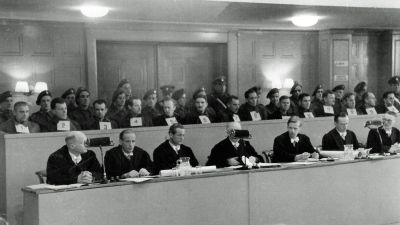
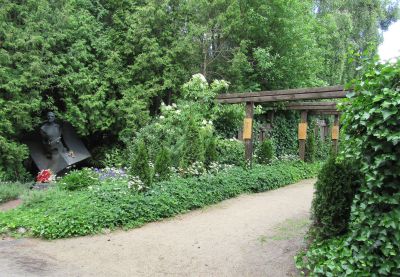
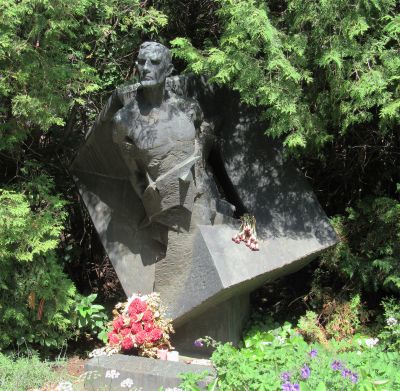
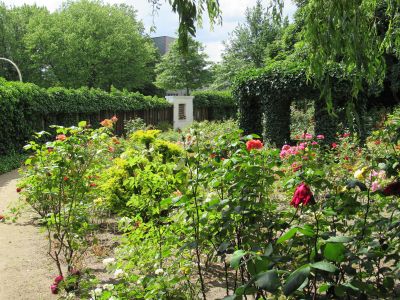
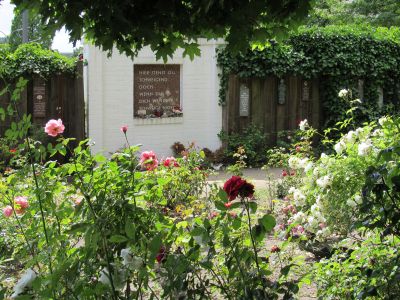
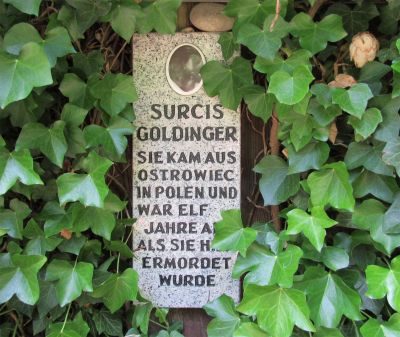
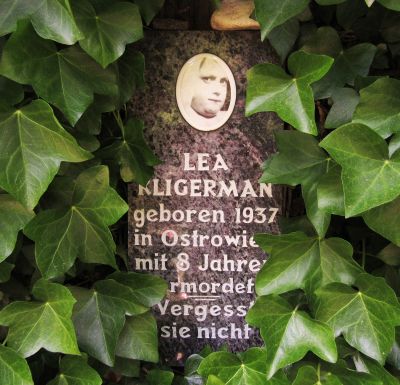
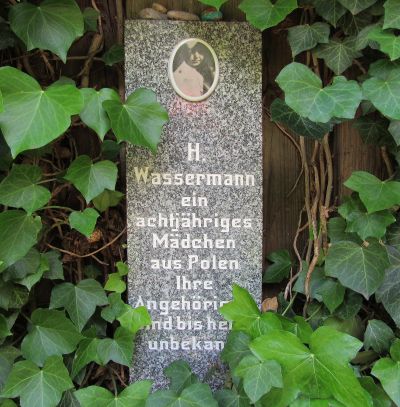
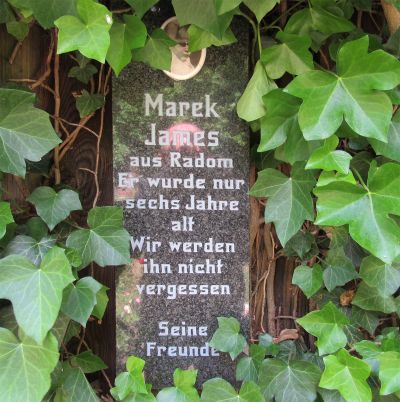
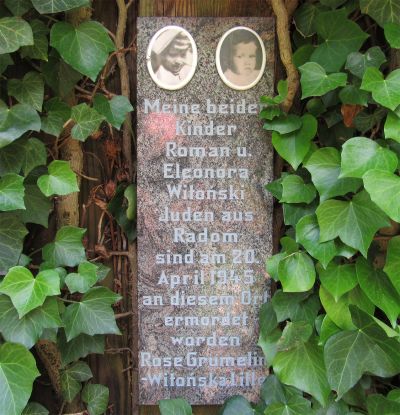
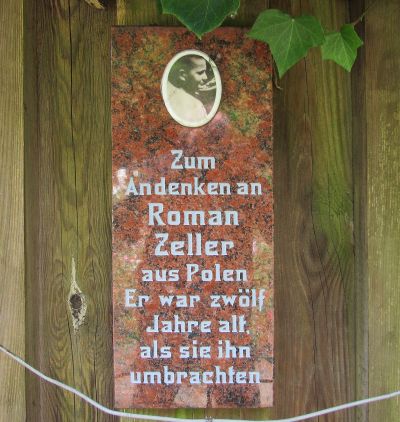
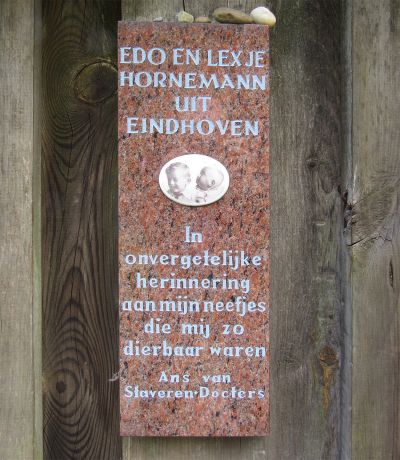
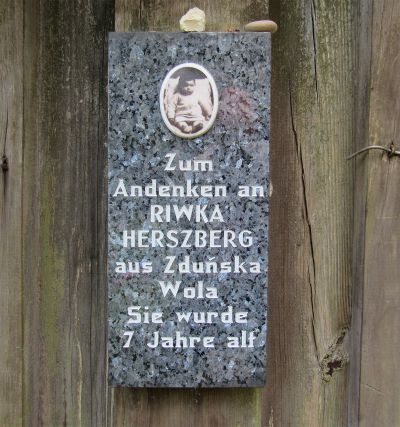
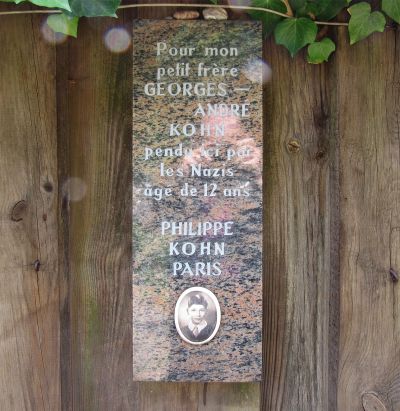
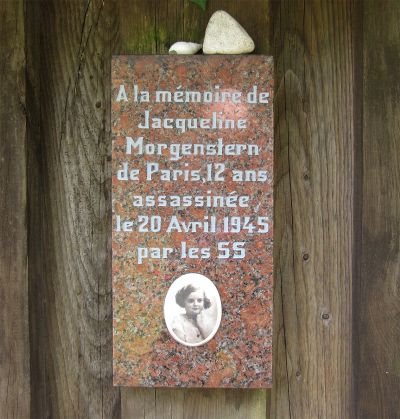
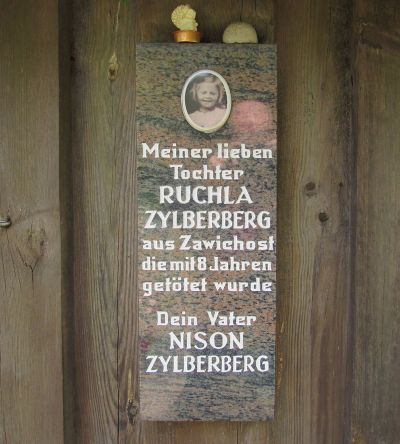
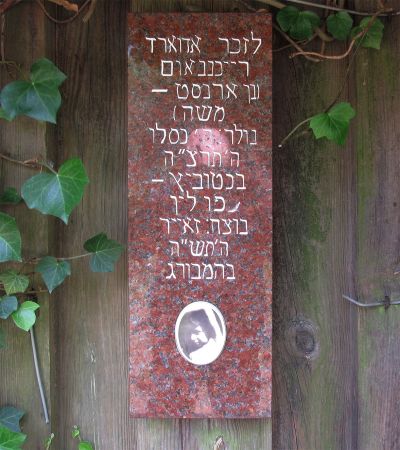
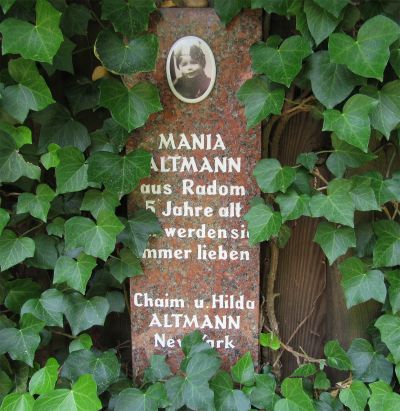
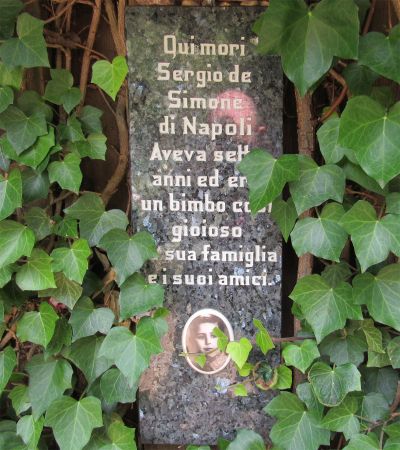
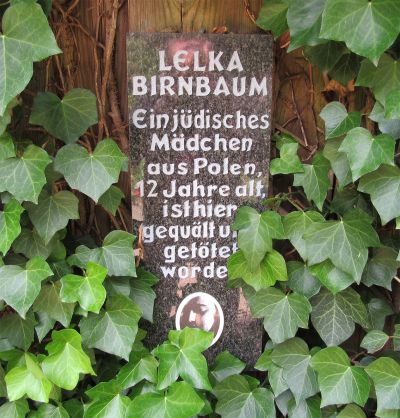
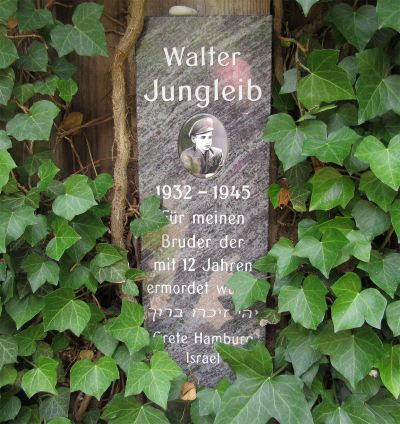
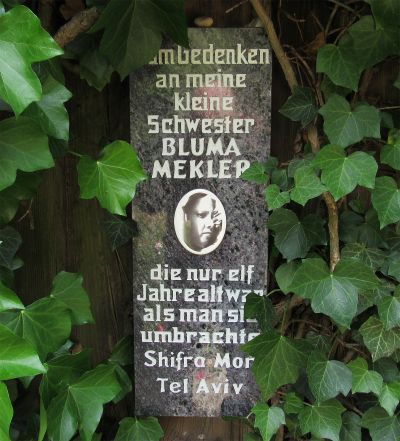
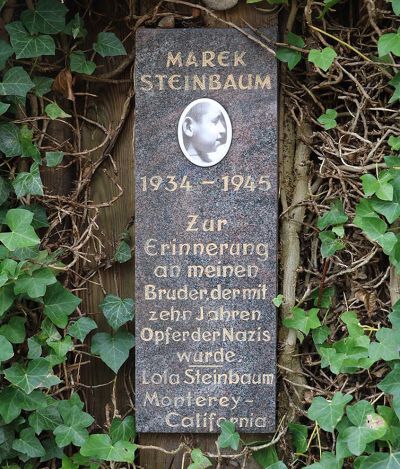
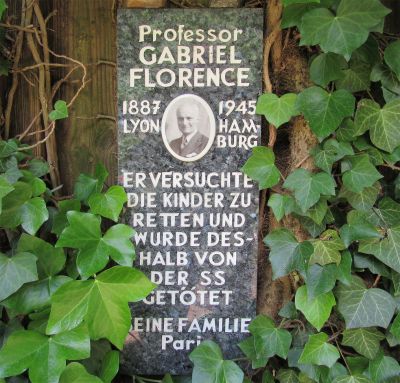
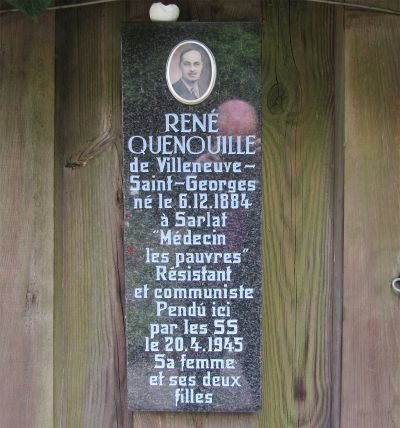
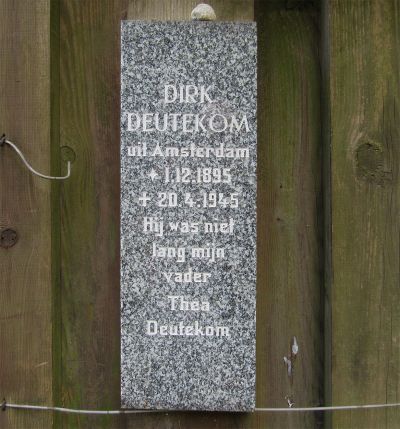
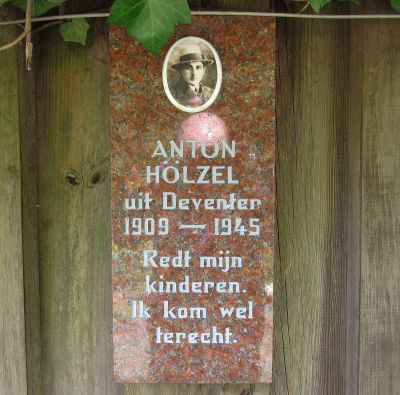
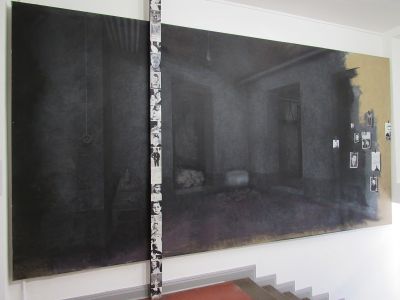
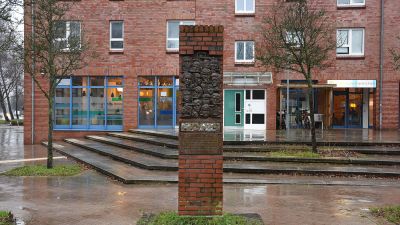
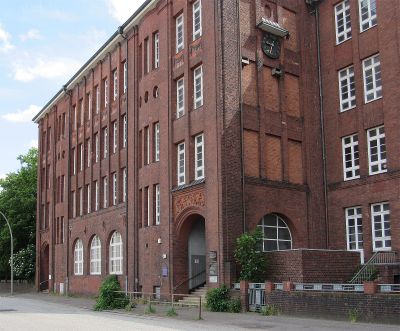
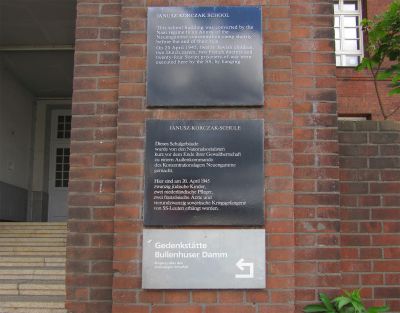
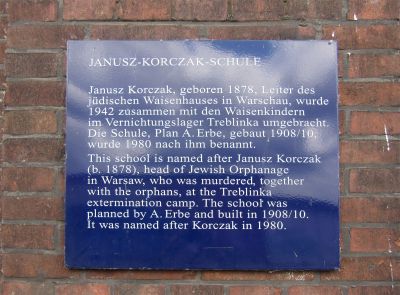
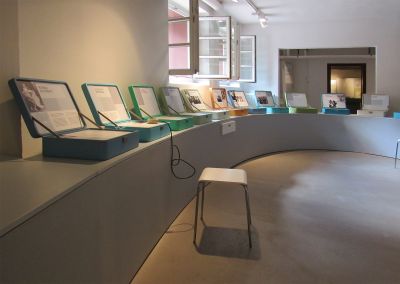
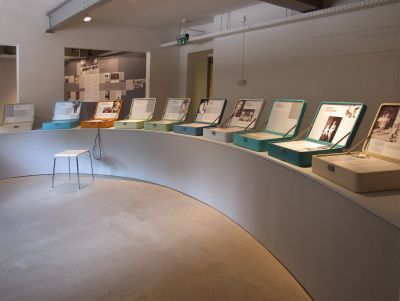
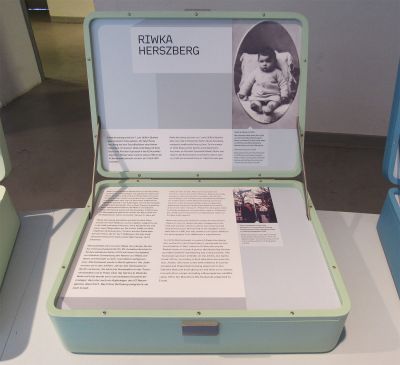


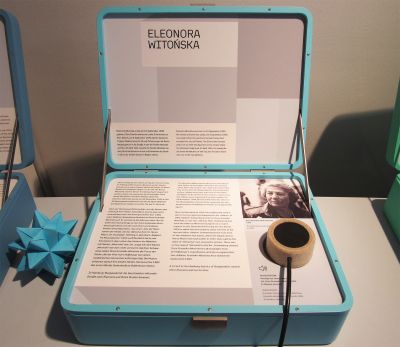
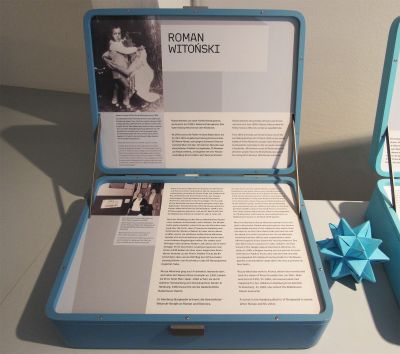
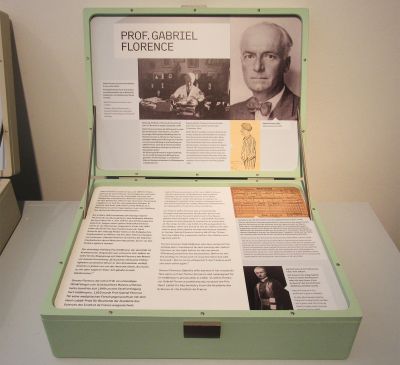
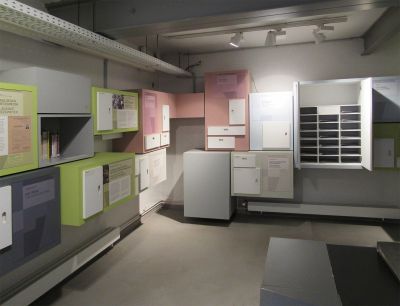
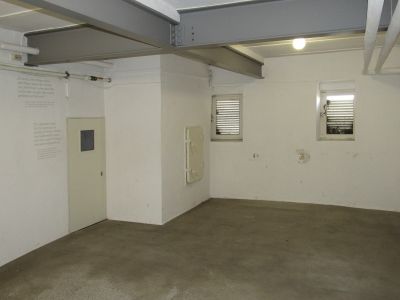
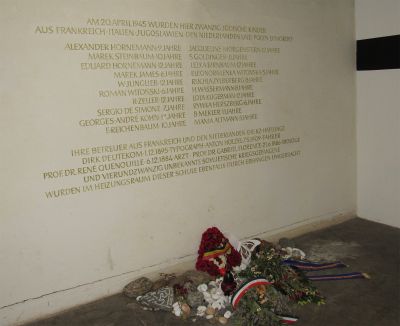

After the camp had been cleared, Pauly had loaded 2,000 remaining care packages from the Swedish Red Cross onto a lorry and had driven to the apartment block where his parents-in-law lived, in Westerdeichstrich not far from Büsum in the district of Dithmarschen. There, Pauly and the former canteen manager Jacobsen who had accompanied him divided up the spoils of 400,000 cigarettes, 20,000 bars of chocolate and 20,000 packets of tea and coffee. After 3 May, Pauly hid in the house of his sister-in-law in Flensburg, the city to which the provisional Reich government headed by Dönitz had fled. Twelve days later, he was arrested there by civilian search agents working for the British Army, who took him to the internment camp in Neumünster. Frahm was arrested in his home town of Kleve in Dithmarschen, while Dreimann and Speck were arrested near Lübeck and also taken to Neumünster. Jauch was arrested in his home town of Schwenningen in the Black Forest and taken to the British internment camp at Eselsheide near Paderborn.
Trzebinski had also stolen Swedish Red Cross packages, loaded them onto an ambulance and driven to comrades in Husum with his booty. There, he removed the SS insignia from his uniform and from that time on, as he later wrote, “worked as the staff surgeon of the Wehrmacht in the reserve field hospital there”. Later, he had himself transferred to a field hospital in Hamburg, and from there obtained a post as a military doctor at the British discharge camp in Hesedorf near Neumünster. He arranged accommodation for his wife and daughter at a neighbouring inn. No-one asked for his papers – until finally, at the end of January 1946, Anton Walter Freud (who was later promoted to the rank of Major), a member of WCIT No. 2 in Bad Oeynhausen, tracked Trzebinski’s journey to Hesedorf, arrested him there, and had him taken to the internment camp at Westertimke to the north-east of Bremen.[33] Wiehagen had been deployed as an SS guard on the prisoner ship Cap Arcona. He is said to have shot at prisoners while the ship went down. One of the prisoners then beat him to death. Petersen, who had driven the lorry containing the children from Neuengamme to Bullenhuser Damm, was not targeted by the investigators and was also not questioned as a witness. After the war, he lived in Sonderburg in Denmark.
After the end of the war, Strippel went to ground at the home of a comrade from the SS in Büdelsdorf in Schleswig-Holstein, and then as an agricultural worker in Hesse. In December 1948, he was recognised on the street in the centre of Frankfurt/Main by a former prisoner of Buchenwald concentration camp, and was arrested shortly afterwards. In June 1949, he was sentenced in Frankfurt to lifelong imprisonment for his participation in the murder of 21 prisoners from Buchenwald concentration camp. In 1970, the verdict was annulled and the sentence shortened to six years for being an accessory to murder. Strippel received 121,500 Deutschmarks in compensation for the additional years that he had “unjustly” spent in prison. The other perpetrators of the murder had incriminated him in their statements during the Curiohaus trial, However, in June 1967, the state prosecutor in Hamburg dropped the case against him for his part in the murders at Bullenhuser Damm due to lack of evidence, since there was a possibility that they had hatched a conspiracy against him. In the legal appraisal of the case, the state prosecutor responsible, Helmut Münzberg, stated that: “The investigations have not shown with sufficient clarity that the children were made to suffer excessively before they died. On the contrary, there is some evidence that all the children, immediately on receiving the first injection, lost consciousness and for this reason were not aware of everything else that happened to them. Beyond the destruction of life, therefore, no further malady was inflicted upon them, in particular they were not made to suffer psychologically or physically for a particularly long time”.[34] After the relatives of the victims filed another criminal complaint, the state prosecution service in Hamburg resumed its investigations in 1979, and in 1983 charged Strippel with 42 counts of murder in relation to the children, the prisoner doctors and caretakers, and the Soviet prisoners. However, the proceedings were halted in 1987 as the accused was deemed unfit for trial. Strippel died in 1994 in Frankfurt/Main.[35]
[33] Schwarberg: SS-Arzt 1997 (see Bibliography), page 77–79
[34] Quoted from: Schwarberg: SS-Arzt 1997 (see Bibliography), page 126 f; also in Hans Canjé: “Aber grausam war der Mord nicht …” in: Ossietzky – Zweiwochenschrift für Politik/Kultur/Wirtschaft, No. 23, 2007; online resource: https://www.sopos.org/aufsaetze/473d628b6a511/1.phtml.html
[35] Schwarberg: SS-Arzt 1997 (see Bibliography), page 118–120. For a biography of Arnold Strippel and the other perpetrators, see also: Die Täter, at: Vereinigung Kinder vom Bullenhuser Damm e.V., http://www.kinder-vom-bullenhuser-damm.de/die_taeter.php





















































































